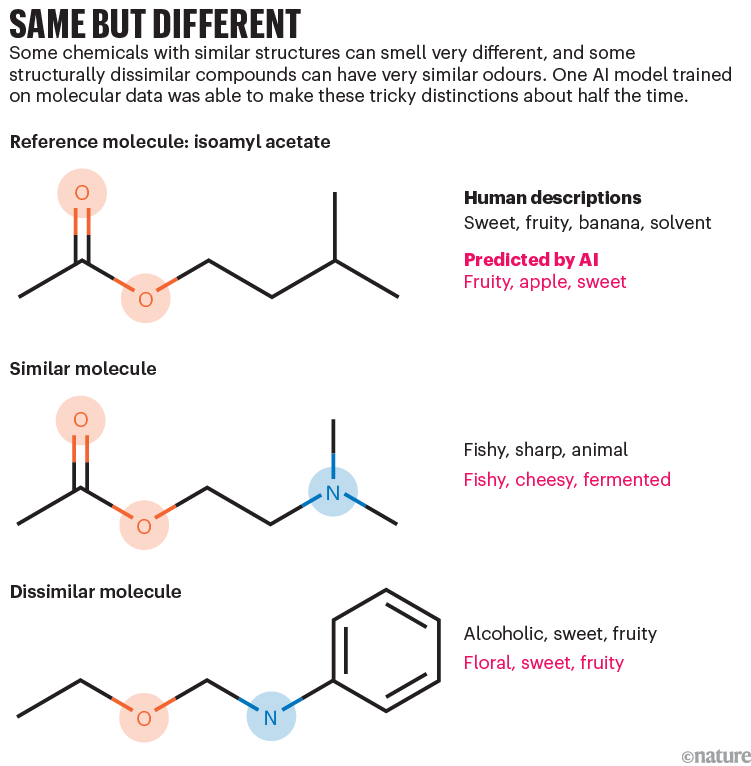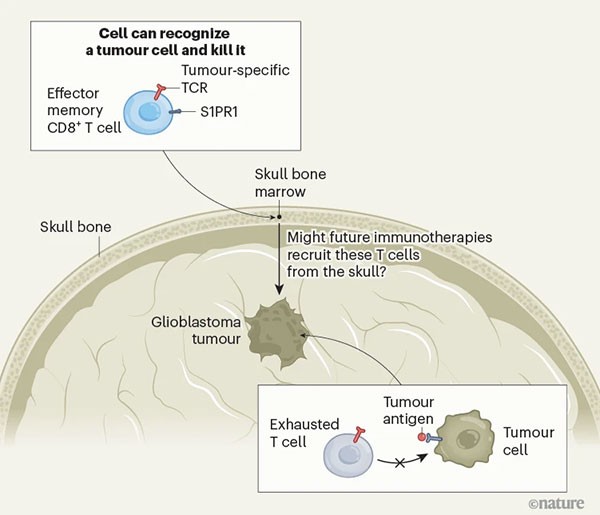Hello Nature readers, would you like to get this Briefing in your inbox free every day? Sign up here.

Differences are starting to emerge among the weight-loss and diabetes drugs targeting the GLP-1receptor.Credit: Michael Siluk/UCG/Universal Images Group/Getty
GLP-1 agonists — drugs that mimic a natural hormone called glucagon-like peptide-1 — have transformed the treatment of obesity and diabetes, and seem to hold promise for other conditions. But semaglutide (sold as Ozempic and Wegovy), tirzpeatide (Mounjaro and Zepbound) and other GLP-1 drugs do differ in some ways. “For example, if someone with obesity has cardiovascular disease, I am tending to reach first to semaglutide, more than tirzepatide, because we have the data,” says endocrinologist Beverly Tchang, referring to a study that showed that semaglutide cuts the risk of severe cardiovascular events in people with such conditions. But another study shows tirzepatide might be the right choice for people with sleep apnea, she says.
Nature | 6 min read
Reference: The New England Journal of Medicine paper 1 & paper 2
“We know what it isn’t,” says palaeontologist Donald Davesne of the mysterious ancient fish Pegasus volans. “But it’s unclear what it could be.” The creature has an unusual boomerang-shaped body and a tiny abdomen that suggests its gut hung in an external pouch. But everything we know about it is based on two fossils, both of which are missing the animal’s tail end. Davesne and his colleague Giorgio Carnevale suggest that the fish should never have been placed in the genus Pegasus, and should be renamed — with the help of some fresh evidence, they hope. “One day, someone will find another specimen that is even better preserved,” says Davesne. “That would be neat!”
Science News | 4 min read
Reference: bioRxiv preprint
Features & opinion
Table of Contents

Illustration by Adrià Voltà
We smell by detecting molecules around us — but knowing the chemical structure of a molecule tells you almost nothing about its odour. Even categorizing what we perceive is difficult: there is no palette of scent ‘primary colours’ as there is for vision. And olfactory receptor proteins are hard to work with, so what they look like and how they function has mostly been guesswork. But that isn’t stopping scientists from trying, with help from innovations in structural biology, data analytics and artificial intelligence.
Nature | 12 min read

Source: Ref. 3
Working with the trip-hop band Massive Attack, climate scientists have published an assessment of what the United Kingdom’s live-music industry needs to do to reduce its emissions to meet climate targets. Last month, the band used the road map to deliver what they hope was the lowest-carbon concert of its size so far. “Massive Attack are really good at legacy,” says Carly McLachlan, who led the research. “These big artists are shifting things along each time; anything that they leave makes it easier for the next lot to ask for the next thing.”
Nature | 10 min read
Reference: Super-Low Carbon Live Music report
People living in Africa are underserved by mental-health research — and the cost of research tools is part of the problem, argues Vivian Chebii, who studies the genetics of depression. “We would have liked to use a well-validated questionnaire for a range of mental illnesses,” she says. “But screening 10,000 people using our chosen tool would cost US$150,000.” She calls for flexible pricing for mental-health questionnaires, inspired by similar strategies in other areas of medicine, to make sure that data is robust and credible enough to be published in high-impact journals.
Nature | 5 min read
Infographic of the week

The human brain is usually considered to be beyond the reach of most immune cells. However, analysis of people who have a type of brain tumour called glioblastoma has revealed tumour-targeting T cells in the skull bone marrow adjacent to the tumour. Some of the characteristics of the cells hint that they’re something special. For example, their high expression of sphingosine-1-phosphate receptor 1 (S1PR1) protein, which signals to T cells to go out on the hunt, that the skull bone might serve as a reservoir for immune cells. And T cells isolated from skull bone marrow remain activated after rounds of restimulation — avoiding ‘exhaustion’, which is one of the main obstacles to immunotherapy. (Nature News & Views | 7 min read, Nature paywall)
Reference: Nature paper
Today I’m boggling at the success of paralympic athlete Sarah Storey, who just won her 18th gold medal (most in cycling, two in swimming, plus 11 more of other colours). She inspired me to look up the most decorated paralympian ever: it’s Trischa Zorn-Hudson, who has 55 medals, including 41 golds, in swimming.
Help this newsletter fly higher, faster, stronger by sending us your feedback. Your e-mails are always welcome at briefing@nature.com.
Thanks for reading,
Flora Graham, senior editor, Nature Briefing
With contributions by Jacob Smith
Want more? Sign up to our other free Nature Briefing newsletters:
• Nature Briefing: Microbiology — the most abundant living entities on our planet — microorganisms — and the role they play in health, the environment and food systems.
• Nature Briefing: Anthropocene — climate change, biodiversity, sustainability and geoengineering
• Nature Briefing: AI & Robotics — 100% written by humans, of course
• Nature Briefing: Cancer — a weekly newsletter written with cancer researchers in mind
• Nature Briefing: Translational Research — covers biotechnology, drug discovery and pharma
